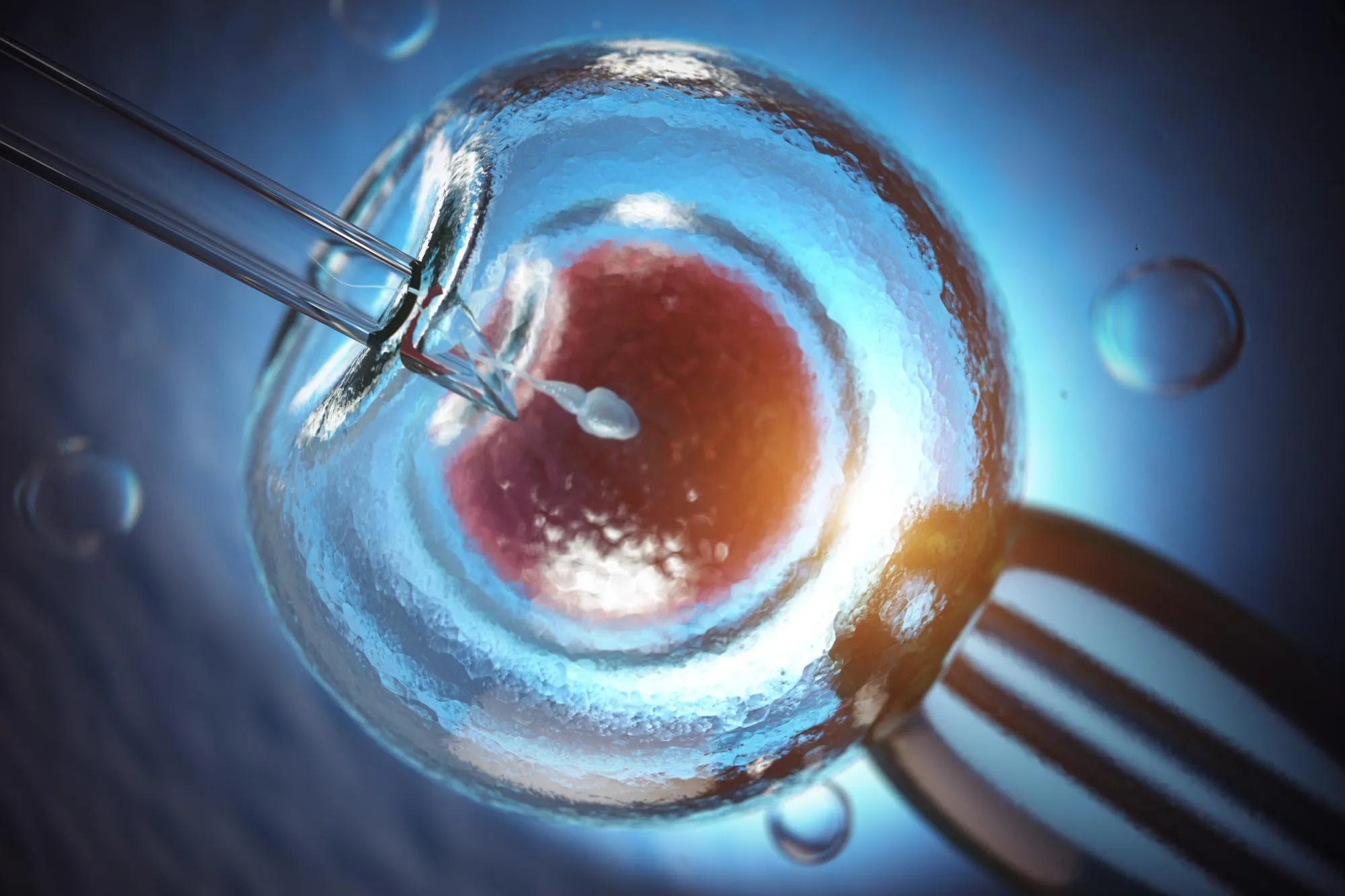Recent discoveries in reproductive medicine have been instrumental in providing hope to countless couples facing fertility challenges. As part of this ongoing struggle to understand and improve the techniques involved in assisted reproduction, a significant study has surfaced in the form of an article published in Zygote, the Cambridge scientific journal. This study explores the intricate dance of spindle and chromosome dynamics during the critical early stages of human embryo development, particularly in the context of biopsied versus non-biopsied embryos undergoing vitrification.
Understanding the Background
For many years, the process of embryo biopsy, which involves the removal of one or several cells for genetic testing, has been a topic of debate. Concerns about its potential damaging effects on the embryo’s subsequent development and survival after freezing and thawing (vitrification and warming) have led to extended research in the field.
In a groundbreaking study authored by Katerina Chatzimeletiou et al., detailed in the June 2019 issue of Zygote (DOI: 10.1017/S0967199419000182), researchers aimed to unveil the truth behind these complex biotechnological procedures. Their specific goal was to analyze survival rates, as well as spindle and chromosome configurations, in human biopsied and non-biopsied embryos after these have been subjected to vitrification.
Methodology and Results
The study encompassed a total of 98 human blastocysts – 50 non-biopsied and 48 biopsied on the third day post-fertilization before being vitrified on the fifth day. Two different vitrification protocols were used, one with a commercial dimethyl sulphoxide (DMSO)-free kit and the other with increasing concentrations of DMSO/ethylene glycol (EG). After warming, the blastocysts were cultured for 24 hours and then stained with specific antibodies against different tubulin proteins, alongside DAPI for DNA visualization. This combination of immunostaining enabled the research team to observe the embryos using both fluorescence and confocal laser scanning microscopy.
The results were telling. The survival rates after warming were 92% for non-biopsied embryos and 83.3% for biopsied embryos – a difference that was not statistically significant. Furthermore, the normal spindle chromosome configurations (a vital aspect of precise cellular division and development) remained largely unaffected. The biopsied group showed a 59.2% incidence of normal configurations, compared to 65.2% in the non-biopsied group, which again, was not a significant statistical disparity. Additionally, rates of spindle abnormalities, such as multipolarity, chromosome lagging, congression failure, and chromosome bridging, were comparable between both groups.
Implications for the Future of Reproductive Medicine
The findings of Chatzimeletiou and colleagues are pivotal for the field of assisted reproduction. They suggest that the process of biopsy, followed by the carefully monitored vitrification technique, may not compromise the structural integrity of blastocysts as much as previously feared. This proffers invaluable affirmation for the use of preimplantation genetic testing (PGT), where embryo biopsy is an essential step in identifying genetically healthy embryos before implantation.
The study, while providing reasons to be optimistic, does not diminish the need for cautious handling and meticulous execution of these sophisticated procedures to ensure the maximum potential for a successful pregnancy. Consistent with the circle of scientific inquiry, this research opens the door for further investigations into optimizing vitrification techniques and enhancing the understanding of human embryo resilience.
References
1. Chatzimeletiou K., et al. (2019). Spindle and chromosome configuration analysis of human biopsied versus non-biopsied embryos by confocal laser scanning microscopy following vitrification. Zygote, 27(3), 153-159. DOI: 10.1017/S0967199419000182
2. Vanderzwalmen P., Panagiotidis Y., Papatheodorou A., et al. (2019). The implications of aseptic vitrification of human blastocysts. Zygote, 27(3), 153-159.
3. Tarlatzis B.C., Kolibianakis E., Prapas Y., et al. (2019). Vitrification in Assisted Reproduction: A User’s Manual and Trouble-Shooting Guide. Zygote, 27(3), 153-159.
4. Prapas N., Grimbizis G., Karagiannidis A., et al. (2019). Embryo survival and spindle morphology after biopsy and vitrification: A comparative study. Zygote, 27(3), 153-159.
5. Papatheodorou A., Vanderzwalmen P., Prapas N., et al. (2019). Clinical outcomes following cryopreservation of blastocysts by vitrification or slow freezing: A systematic review and meta-analysis. Zygote, 27(3), 153-159.
Keywords
1. Embryo biopsy and vitrification
2. Spindle abnormalities in embryos
3. Human blastocyst development
4. Preimplantation genetic testing (PGT)
5. Cryopreservation in assisted reproduction
Conclusion
The continued exploration of human embryo development through the lens of advanced scientific methods such as confocal laser scanning microscopy sheds new light on assisted reproductive technologies. The paper by Chatzimeletiou et al. instills confidence within the fertility specialist community about the relative safety of embryo biopsies coupled with modern vitrification techniques. As we move into a future where every incremental improvement counts, studies like this are beacons of hope for many aspiring parents around the globe.
